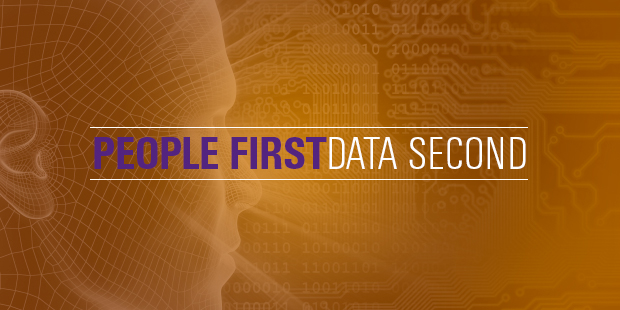
People First, Data Second
When I’m talking with church leaders about technology, the conversation often begins with questions about the kind of data we can track and report on. I know that it frustrates some of those leaders that I always flip the conversation to focus on people.
I know data is important. It helps us understand where we are and how we’re doing. But the reason data is important is because it helps make our church communities stronger. Before we create systems to measure the numbers, we need to make sure our focus is on the people. Before we ask, “How many did we have?” we should want to know, “Who was there and who was missing—and why?”
Church Community Builder, or any church management system, was never intended to be just about numbers. In the church context, the most powerful data emerges when we focus on people first. Focusing on the technology, before we focus on the community it is supposed to support, misses the point.
Here are four guidelines for focusing on people first and data second:
- Church technology must be used to track “faces.”
Just entering head-counts for attendance is not sufficient. You need to know WHO is doing what and when. This is about individuals not mass numbers. - Church technology must be well integrated to seamlessly record activity and life events.
Data silos only open up cracks for people to fall through. The more your systems are disconnected or complicated, the easier it is to lose track of important information. If the data you’re analyzing is wrong or incomplete, you won’t know who’s missing or even who’s new. - Church leaders must be empowered by tools that help them steward and lead.
If your Sunday school teachers or small group leaders have to call church staff to access and update information about their groups, it probably won’t happen much. They will also have no effective way to record spur of the moment information they learn in a random conversation. That’s a potentially huge missed opportunity. They need to be able to log in, access information, and update it whenever changes occur. - Key activities other than attendance must be measured and managed to discover what is happening in your church.
There are so many factors in the “engagement” equation besides attendance. If you watch these things, over time, you will get objective and relevant data to help you measure the overall health of your entire church—not just your Sunday morning service.
Here are a few things you should measure in order to gauge engagement and the depth of your church community:
- Worship and Small Group Involvement
- Assimilation
- Contributions
- Volunteering
- Event attendance and follow up
- Communications
If each of these areas are consistently measured and updated, patterns will emerge, people won’t fall through the cracks, and church leadership will be able to see a clear picture of what is happening within the Body.
Bottom line: We must first care for people. Data worth analyzing is accrued when we stop looking at people as numbers and start looking at numbers as people. Leveraging technology helps people connect with the church and with other people. Building community comes first. Then, meaningful data will emerge.
What has been most eye-opening since you started consistently using a system to track ministry effectiveness?
Read more from Steve here.

Tags: Discipleship, Multiplication, Steve Caton












